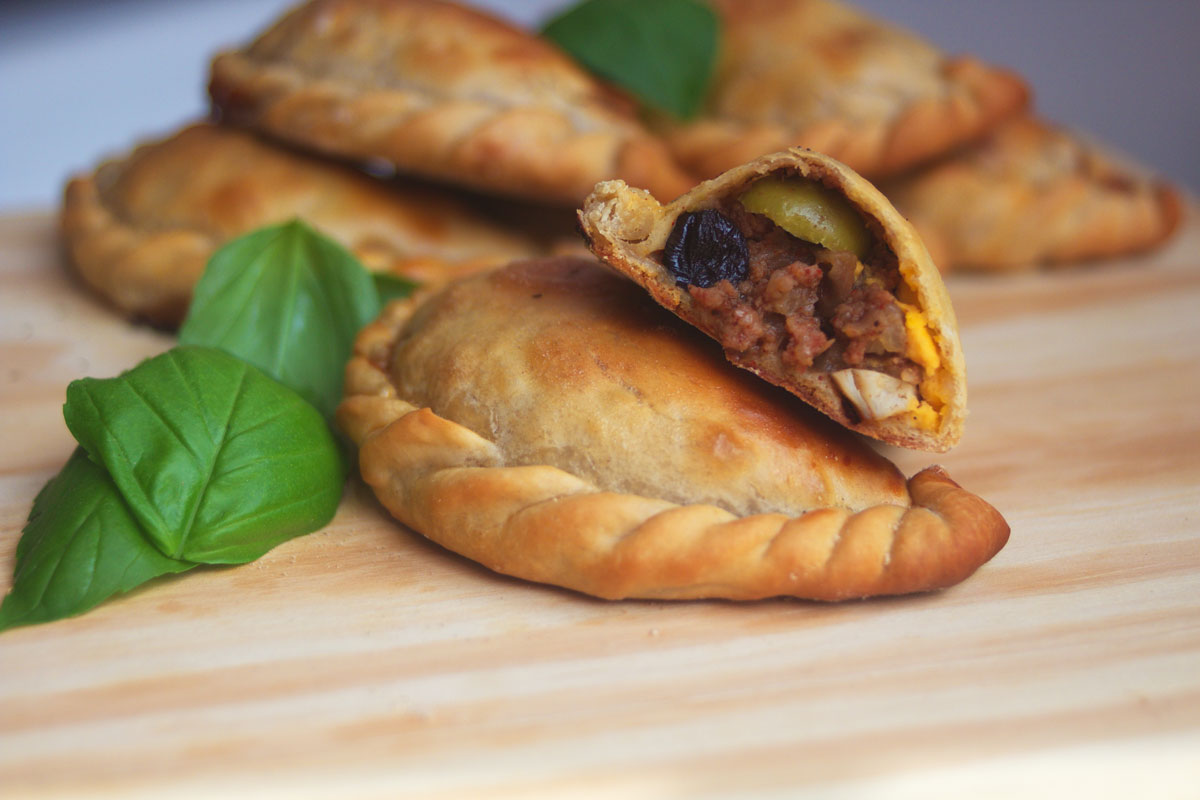This moist cake proves chocolate and olive oil have an affinity for each other. On its own, the cake itself is vegan, as it contains no eggs or dairy. You can leave off the ganache and simply serve the cake with a dusting of powdered sugar and a few raspberries.
Ingredients
- For the cake:
- 3 cups all-purpose flour
- 2 cups sugar
- 1/2 cup unsweetened cocoa
- 2 teaspoons baking soda
- 1 teaspoon salt
- 1/2 teaspoon espresso powder
- 2 tablespoons cider vinegar
- 2 teaspoons vanilla
- 2/3 cup extra virgin olive oil
- 2 cups cold water
- For the ganache:
- 12 ounces good semisweet chocolate chips
- 2/3 cup heavy cream
- 1 teaspoon instant coffee granules
- 1/2 teaspoon pure vanilla
Directions
Step 1
Preheat the oven to 350°F. Spray a 9 x 13 inch baking pan lightly with cooking spray. Set aside.
Step 2
Make the cake: In a large bowl, whisk together the flour, sugar, cocoa, baking soda, salt, and espresso powder.
Step 3
In a medium bowl, whisk together the vinegar, vanilla, olive oil and water. Pour the wet ingredients into the dry ingredients and whisk until fully combined. Pour into the prepared pan.
Step 4
Bake for about 30 minutes or until a toothpick inserted in the center comes out with a few moist crumbs. Set aside on a rack to cool.
Step 5
Make the ganache: In a small saucepan, combine the chocolate, heavy cream, and instant coffee granules in the top of a double boiler. Heat over simmering water, stirring until smooth and glossy. Remove from the heat and add the vanilla. Pour the ganache over the cake and spread evenly.
Serves 12 — Recipe adapted from themerchantbaker.com




